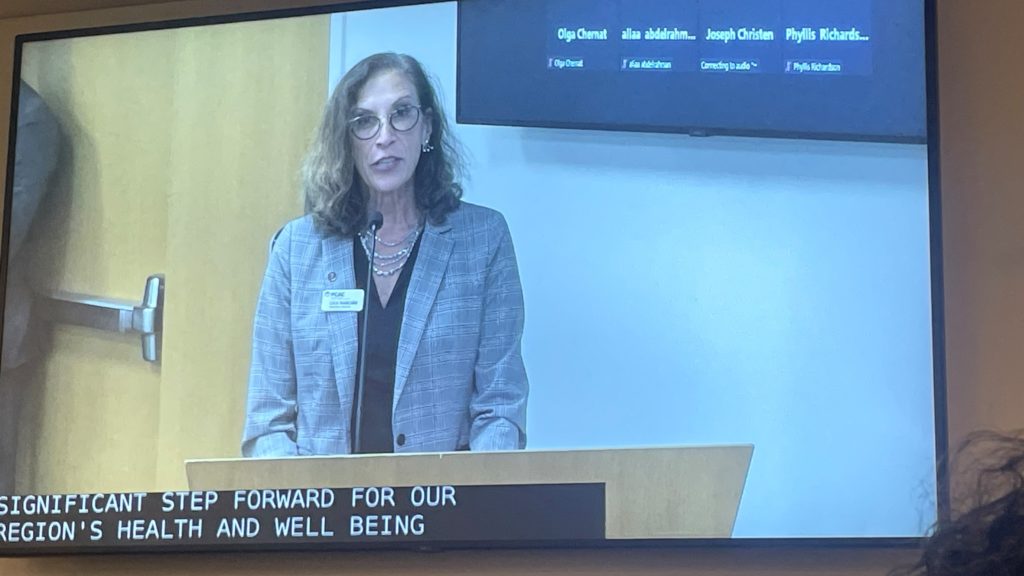Today is an historic day, one that has been a long time coming.
We’ve finally gotten the good news from the federal government that congestion pricing and the mitigations that have been proposed will meet the goals of the program, with a Finding of No of Significant Impacts. We believe the impacts will be significant — and very impressive: less traffic, better air quality and substantial funding for improvements to our trains and buses and the infrastructure through and over which they run. Taken together, this is a significant step forward for our region’s health and the well-being of our transit system.
Congestion Pricing will reap billions of dollars to improve the MTA’s signals and stations, improve accessibility, buy new rolling stock, and build big things like IBX, the next phase of the Second Avenue Subway and bring Metro-North into Penn Station — a much improved Penn Station, thanks to the announcement made yesterday by Governor Hochul and other elected leadership. As the legislation was written, 80-percent of funds raised by Congestion Pricing tolling will go to support New York City Transit’s capital program, while the other 20-percent will be divided between Metro-North and the Long Island Rail Road. Millions of riders will benefit, including bus riders in midtown, who will see the faster speeds on some of the slowest routes anywhere.
Ambulances, fire trucks and delivery drivers will feel the positive effects of congestion pricing, with less traffic to dodge and a smoother ride. For the naysayers in New Jersey, it’s critical to note that some 85-percent of people commute into the Central Business District by public transit — particularly lower income travelers; and for those who drive, they’ll get where they are going with fewer delays. Investing in and improving transit in New Jersey — and across the region — is the best way to get people where they need to go.
We applaud USDOT, Governor Hochul, the MTA and its partners, NYS DOT and NYC DOT, for being so diligent in their efforts to ensure that mitigation efforts are being put in place to address the concerns that were raised during the review process. Where New York leads, others will follow.
